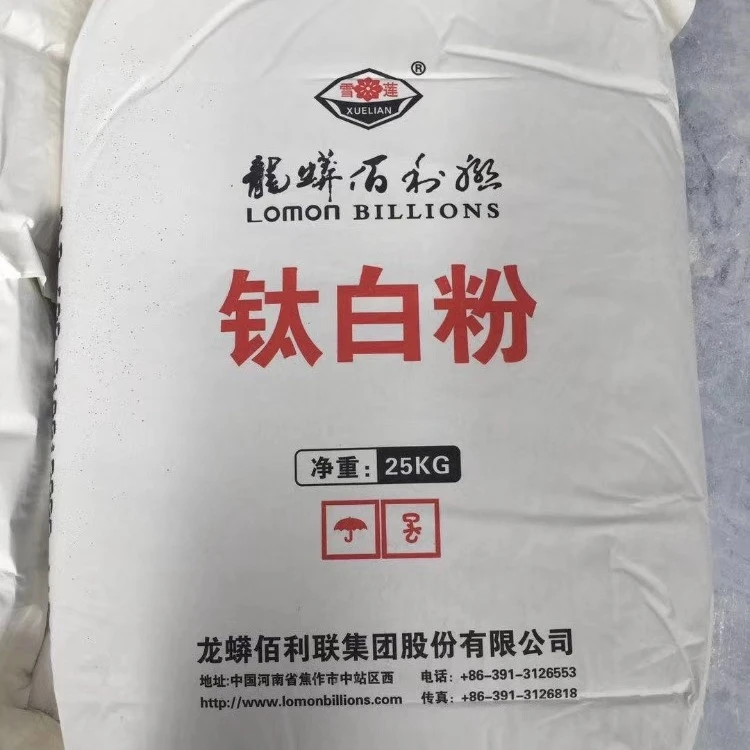
Dec . 07, 2024 06:59 Back to list
china titanium dioxide rutile
The Rise of Rutile Titanium Dioxide in China A Comprehensive Overview
Rutile titanium dioxide (TiO2) has emerged as one of the most significant industrial minerals in recent years, largely due to its unique properties and versatile applications. As a white pigment, rutile TiO2 is renowned for its exceptional brightness, opacity, and stability, making it a crucial component in various industries, including paints, coatings, plastics, and cosmetics. China, being one of the largest producers and consumers of TiO2, plays a pivotal role in the global market, and understanding the dynamics of rutile TiO2 in this country is essential for stakeholders.
Production and Demand
China's production of rutile titanium dioxide has skyrocketed over the past two decades. The country has invested heavily in expanding its mining and processing capabilities, which has bolstered its position as a leading supplier in the global market. The Anatase-type TiO2, although previously dominating the market, is gradually being replaced by rutile TiO2 due to its superior properties. The chemical and physical characteristics of rutile, such as its higher refractive index and excellent UV light resistance, make it the preferred choice for manufacturers.
The demand for rutile TiO2 in China is largely driven by the booming construction and manufacturing sectors. The growing urbanization and infrastructure development projects are contributing to a surge in demand for high-quality paints and coatings that utilize rutile TiO2 for their whiteness and durability. In addition, the automotive and packaging industries are increasingly adopting rutile TiO2 to enhance the visual appeal and longevity of their products.
Environmental Regulations and Sustainability
In recent years, environmental regulations in China have become stricter, prompting the industry to shift towards more sustainable practices. The production of titanium dioxide, particularly through the sulfate process, has raised environmental concerns due to the generation of hazardous waste and the consumption of sulfuric acid. Consequently, many manufacturers are transitioning towards the more eco-friendly chloride process, which produces rutile TiO2 with lower emissions and waste output.
china titanium dioxide rutile

China's commitment to sustainable development and reducing its carbon footprint has spurred investments in green technologies and innovations. As the government prioritizes environmental protection, companies are increasingly adopting cleaner production methods, which not only help comply with regulations but also enhance their market competitiveness.
Market Trends and Future Outlook
The rutile TiO2 market in China is expected to witness significant growth in the coming years. With the ongoing initiatives to enhance infrastructure, coupled with increasing consumer awareness towards quality products, the demand for high-performance coatings and pigments will continue to rise. Furthermore, the expansion of the renewable energy sector, especially in solar energy applications, may open new avenues for rutile TiO2, which is used in the manufacture of photovoltaic cells.
Additionally, the growing emphasis on advanced materials will likely drive innovations in the formulation of rutile TiO2 products, enabling manufacturers to offer superior quality with enhanced performance. As the market evolves, companies that prioritize research and development, along with sustainable practices, will be better positioned to capitalize on growth opportunities.
Conclusion
Rutile titanium dioxide stands at the forefront of the chemical industry in China, with its applications spanning across various sectors. As production continues to rise and environmental regulations tighten, the industry's focus on sustainability will shape the future landscape of rutile TiO2. Embracing innovation while adhering to eco-friendly practices will not only benefit Chinese manufacturers but also enhance their competitiveness in the global market. Thus, the future of rutile titanium dioxide in China looks promising, characterized by growth, sustainability, and technological advancement.
-
Premium 6618 Titanium Dioxide for GPT-4 Turbo Applications
NewsJul.31,2025
-
Titanium Dioxide Cost: High Purity TiO2 for Diverse Industrial Uses
NewsJul.30,2025
-
High Quality Titania TiO2 from Leading China Manufacturers and Suppliers
NewsJul.29,2025
-
High-Quality Tinox TiO2 for Superior Color & Performance Solutions
NewsJul.29,2025
-
High Quality Titania TiO2 from Leading China Supplier & Manufacturer
NewsJul.29,2025
-
High-Performance r6618 TiO2 for Superior Whitening and Versatility
NewsJul.28,2025
